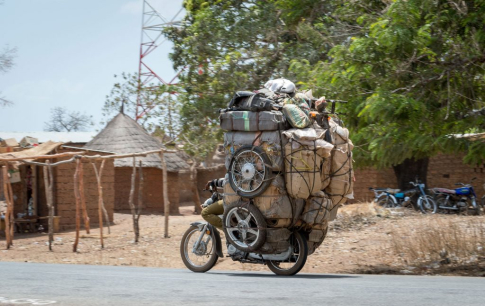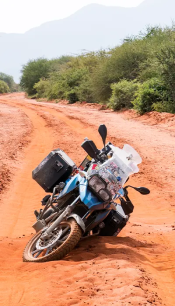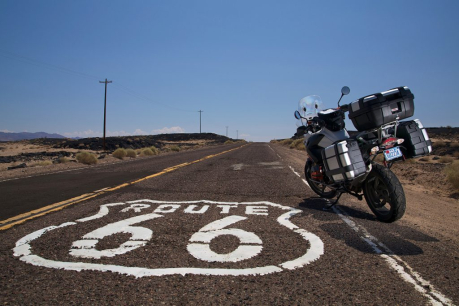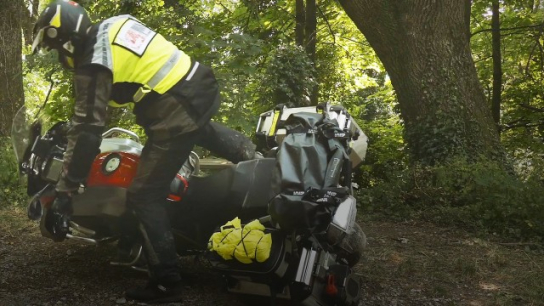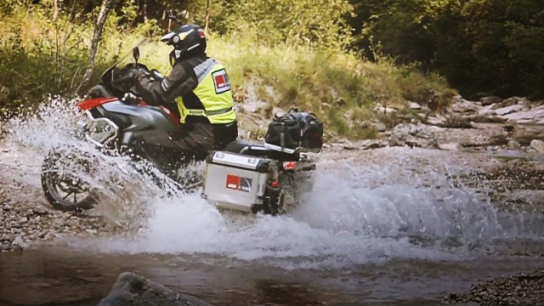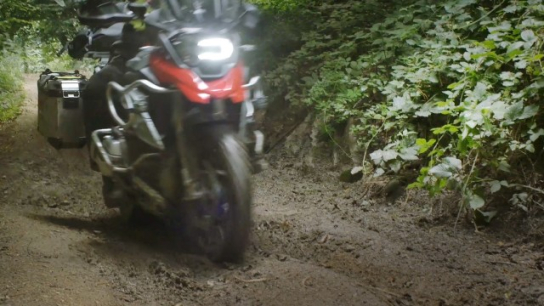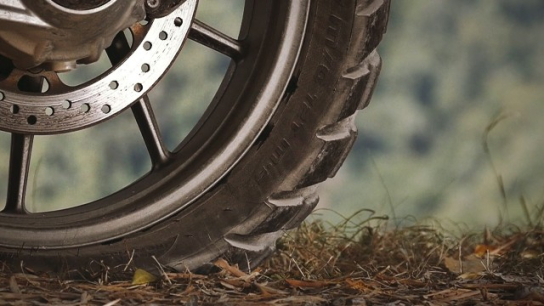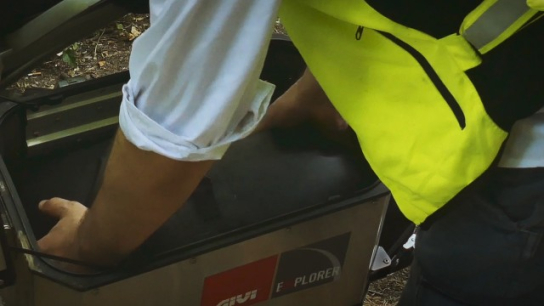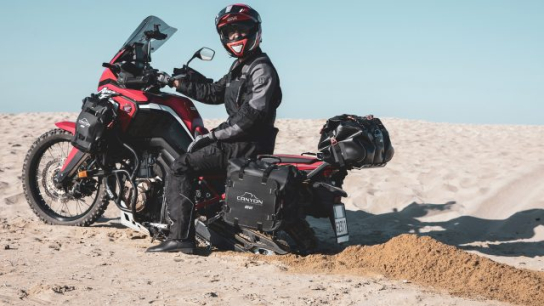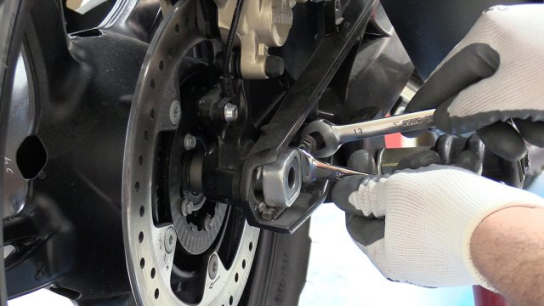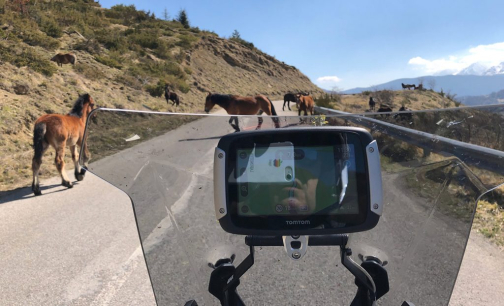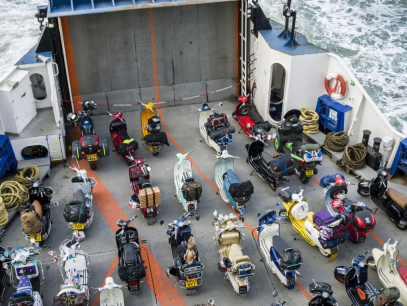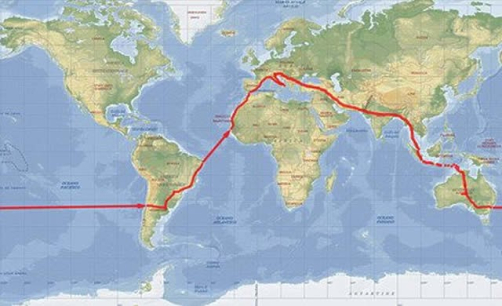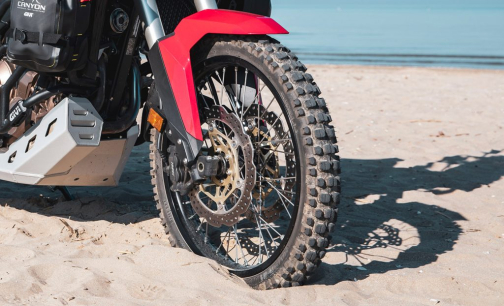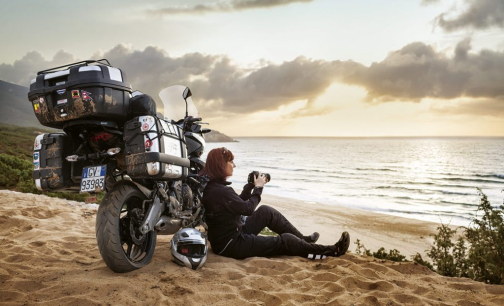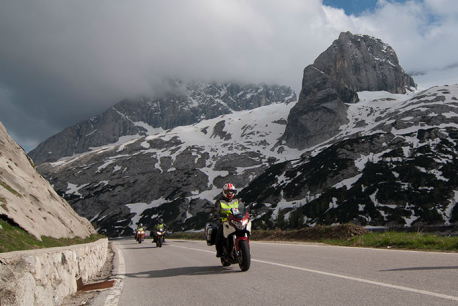Tips for travelling by motorcycle
The GIVI experience, at your side
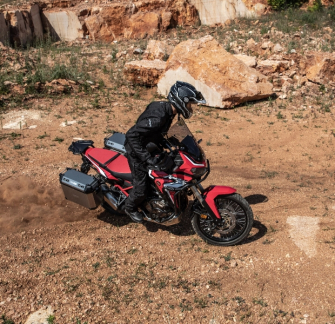
Sometimes even the most basic rules can be forgotten about or simply neglected.
In this section, we’ll try to focus attention on certain aspects that should be considered before and during a motorcycle tour: the correct way to fit out your vehicle, which precautions to take, and what you should never forget when organising a motorcycle tour.
Our intention is to provide advice on how to overcome certain situations and enjoy every motorcycle adventure to the full.
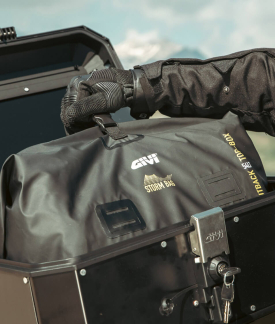
Advice on motorcycle equipment
How should you fit out a motorcycle for a trip to Iceland? And what should a motorcyclist bring with them when they're planning to take a lesser-travelled route? GIVI has many accessories, each designed to help with different situations and needs: from simple day trips to the most extreme adventures.

Advice for every destination
How much residual validity do you need on your passport to enter Thailand? Which vaccinations are recommended for a trip to Tanzania? What’s the currency in Peru? GIVI Explorer aims to provide complete support for all its travellers. For this reason, our staff periodically review the data sheets for the countries visited by its motorcycle explorers, so that our readers always get up-to-date, useful info.



